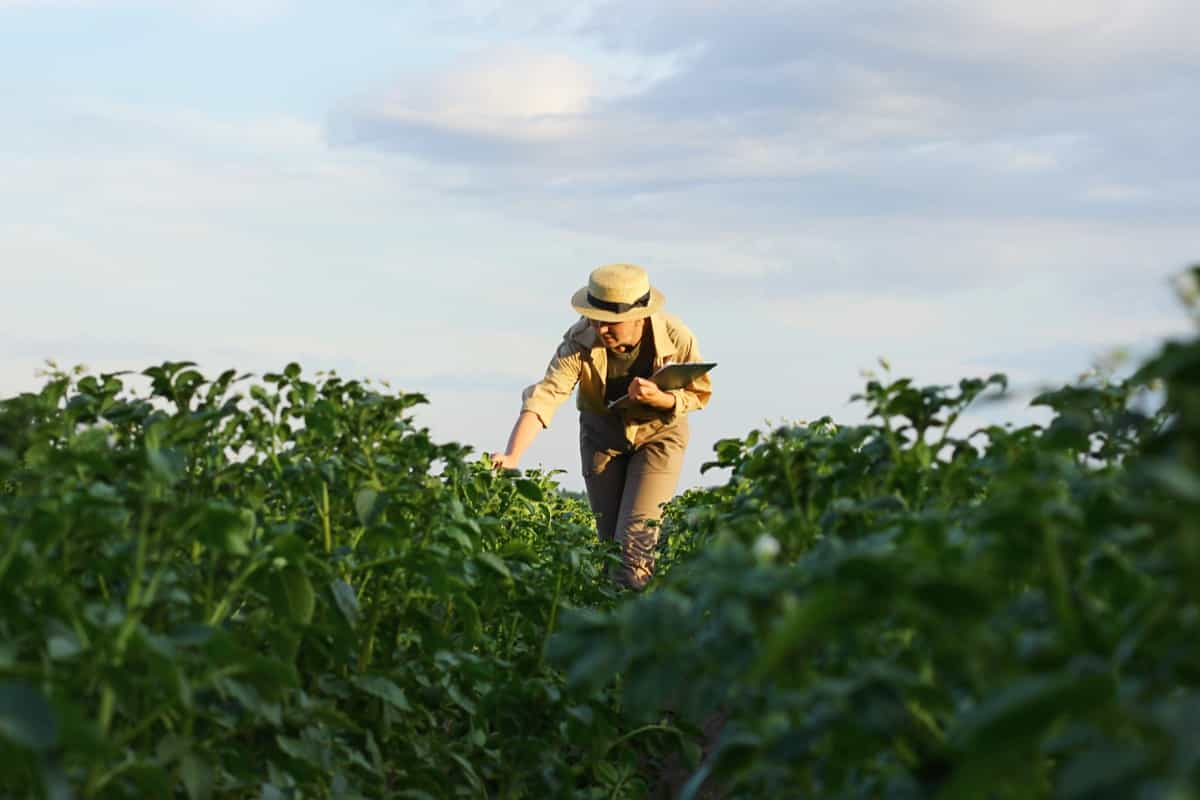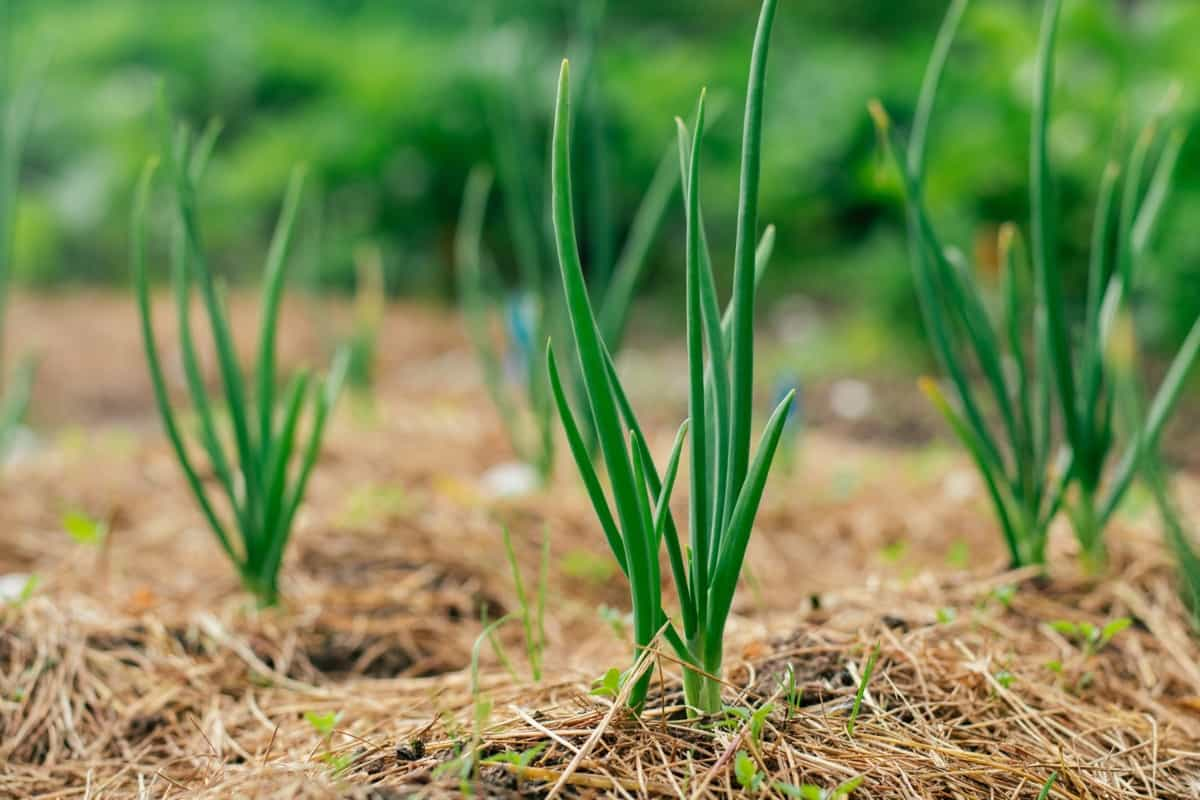Organic farming has been gaining popularity as an environmentally friendly and sustainable alternative to conventional agriculture. One of the key challenges organic farmers face is the management of pests, as synthetic chemical pesticides are not permitted under organic certification standards. This article explores the various pest management strategies in organic farming, highlighting the importance of an integrated approach that combines cultural, physical, and biological methods to maintain ecological balance and minimize crop damage.

Pest Management in Organic Farming
Cultural Pest Management Practices
Crop Rotation
Crop rotation involves changing the types of crops grown in a field regularly, ideally in a sequence that disrupts the life cycles of pests. This practice helps maintain soil fertility and structure and reduces the build-up of pests and diseases associated with specific crops. For instance, alternating between legumes, cereals, and root crops can break the chain of pests that thrive on a particular host plant.
Plant Diversity and Polyculture
Incorporating a diverse range of crops in a single field or growing multiple crops together (polyculture) can reduce the risk of pest infestation. The increased plant diversity can attract a wider range of beneficial insects, such as predators and parasitoids, which can help keep pest populations in check. Additionally, pests are less likely to find and reproduce on their host plants when surrounded by other plant species.
Healthy Soil and Proper Fertilization
Healthy soil is the foundation of a robust and resilient agroecosystem. Organic farmers can support vigorous plant growth by maintaining optimal soil fertility and structure, reducing susceptibility to pests and diseases. Using compost, cover crops, and green manures can enhance soil fertility, while balanced nutrient management through organic fertilizers ensures that plants receive the necessary nutrients without promoting excessive growth that may attract pests.
Planting Resistant and Locally Adapted Varieties
Choosing plant varieties resistant to pests and diseases or adapted to local environmental conditions can significantly reduce the need for pest control interventions. These varieties may possess natural defense mechanisms or be less attractive to pests. Consultation with local extension services, seed suppliers, or other farmers can provide valuable information on the most suitable varieties for specific regions and growing conditions.
Physical Pest Management Practices
Mechanical Control
Mechanical control methods, such as hand-picking, trapping, and vacuuming, can be effective against certain pests. Hand-picking is often used for larger pests like caterpillars or beetles while trapping can be employed for insects like flies and moths. Conversely, vacuuming can be used to remove pests like aphids and spider mites from plants.
Barriers and Exclusion
Physical barriers, such as floating row covers, screens, or netting, can protect crops from pests. These materials prevent insects from reaching host plants while allowing light, air, and water to pass through. Barriers can be especially effective against pests with limited mobility or when targeting specific life stages, such as the egg-laying adults of certain insects.
In case you missed it: Disease Management in Organic Farming: Best Practices Explained

Mulching
Mulching refers to applying organic or inorganic materials on the soil surface to suppress weed growth, conserve soil moisture, and regulate soil temperature. In pest management, mulching can provide a habitat for beneficial insects, disrupt the life cycles of certain pests by creating a physical barrier, or repel pests by releasing volatile compounds from specific mulch materials, such as brassica or eucalyptus.
Biological Pest Management Practices
Biological Control Agents
Biological control agents are living organisms that help manage pest populations by predation, parasitism, or competition. Beneficial insects like lacewings, lady beetles, and predatory mites can be introduced or conserved to control pests like aphids, whiteflies, and spider mites.
Parasitic wasps can target pests like caterpillars and leafminers, while entomopathogenic nematodes can be used against soil-dwelling pests like grubs and root maggots. Bacterial, fungal, and viral biopesticides, such as Bacillus thuringiensis (Bt), Beauveria bassiana, and granulovirus, can also target specific pests without harming beneficial organisms.
Conservation Biological Control
Conservation biological control involves creating or maintaining habitats that support the natural enemies of pests. This can be achieved by planting insectary plants or cover crops that provide nectar, pollen, or alternative prey for beneficial insects or by preserving natural habitats like hedgerows, woodlots, and grassy strips near croplands. By fostering a diverse and stable community of natural enemies, organic farmers can enhance their pest control efforts and reduce the need for external inputs.
Augmentative Biological Control
Augmentative biological control involves the mass release of beneficial organisms to suppress pest populations. This approach can be particularly useful when native natural enemies are insufficient or pests are expected to reach damaging levels. The success of augmentative releases depends on the proper selection, timing, and handling of the biological control agents and favorable environmental conditions that support their establishment and reproduction.
Timing of Planting and Harvesting
Adjusting the timing of planting and harvesting can help farmers avoid peak periods of pest activity or adverse environmental conditions that favor pest development. For example, planting early or late in the season can help escape the most damaging stages of certain pests. Harvesting crops promptly can prevent pests from completing their life cycle and reduce their populations in the following season.
Monitoring and Decision-making
Pest Scouting and Monitoring
Regular scouting and monitoring are essential components of effective pest management in organic farming. By closely observing their fields, farmers can detect the presence and abundance of pests and their natural enemies and make informed decisions on the need for and timing of control measures. Monitoring tools like sticky traps, pheromone lures, and degree-day models can also help track pest populations and predict their development.
Threshold-based Decision-making
Threshold-based decision-making involves taking action against pests only when their populations reach a certain level, known as the economic or action threshold, at which crop damage and yield losses become economically significant. By tolerating a certain level of pests and maintaining a balance between pests and their natural enemies, organic farmers can minimize the need for interventions and promote the long-term stability of their agroecosystems.
In case you missed it: Weed Management in Organic Farming: Best Practices Explained

Conclusion
Pest management in organic farming requires a safe and integrated approach considering the complex interactions between pests, crops, and their environment. Regular monitoring and informed decision-making, based on a deep understanding of the ecological processes at play, are critical to these strategies’ success and organic agriculture’s sustainability.
- Feed Your Flock for Less: Top 10 Tips to Save on Chicken Feed
- Ultimate Guide to Ossabaw Island Hog: Breeding, Raising, Diet, and Care
- Hatching Answers: The Top 10 Reasons Your Chickens Aren’t Laying Eggs
- Eggs and Economics: Breaking Down the Cost of Raising Backyard Chickens
- Defend Your Greens: Proven Methods to Keep Iguanas Out of Your Garden
- Ultimate Guide to Cinnamon Queen Chicken: A Comprehensive Guide for Beginners
- Ultimate Guide to California Tan Chicken: Breeding, Raising, Diet, Egg-Production and Care
- Ultimate Guide to Marsh Daisy Chicken: Breeding, Raising, Diet, and Care
- 10 Types of Chicken Farming Businesses You Can Start for Profits